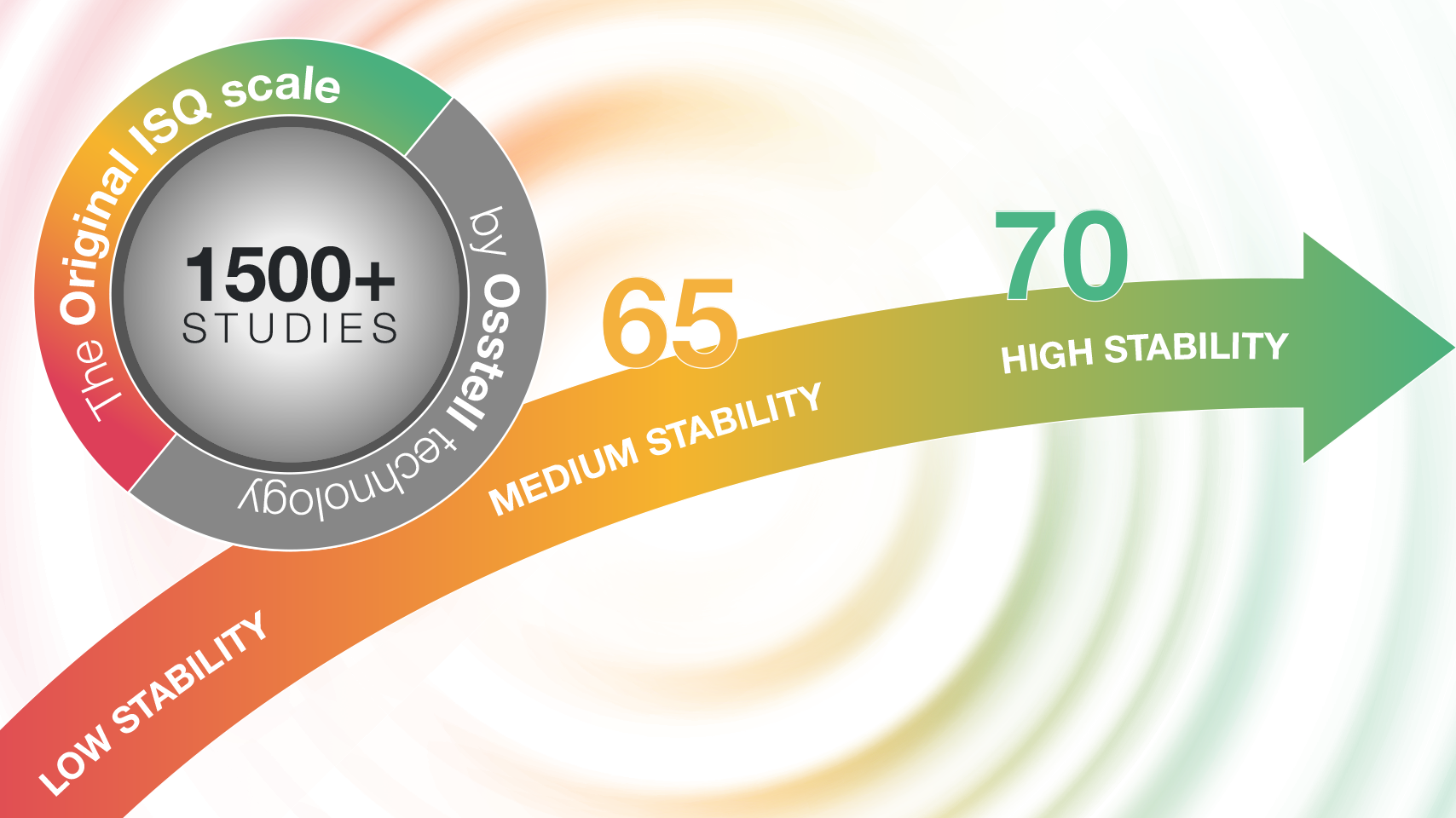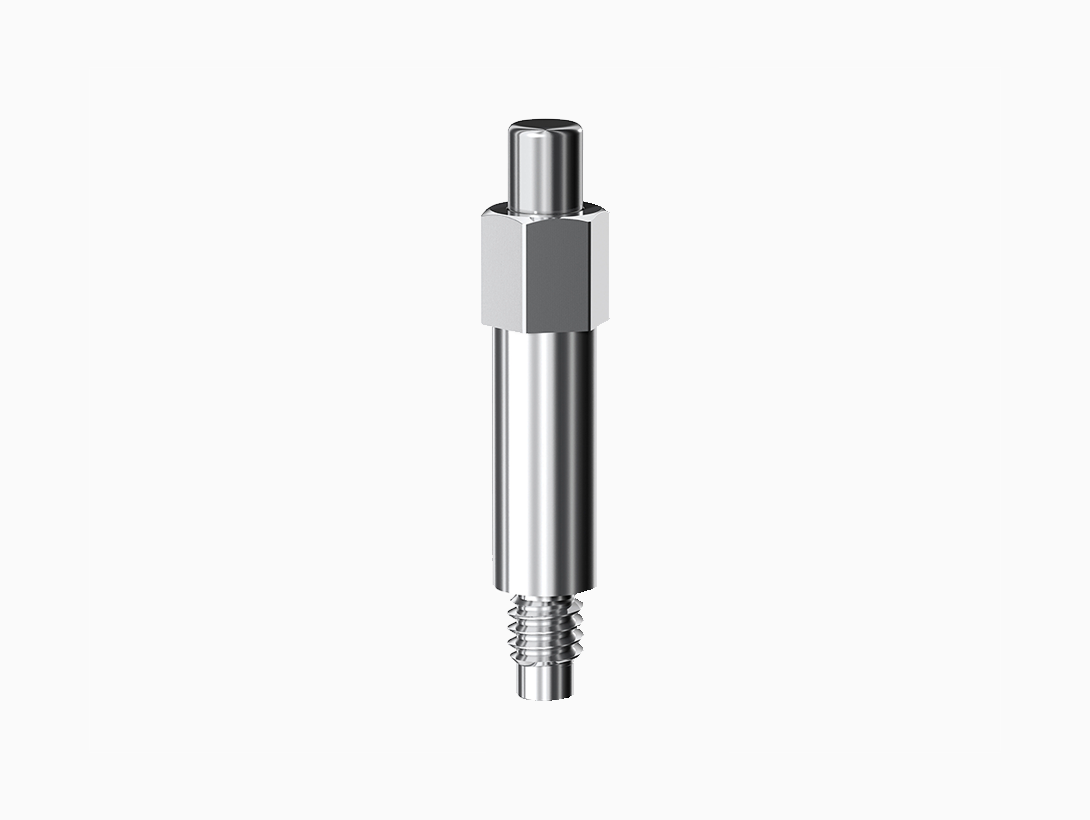
Why the original continues to lead the way – The scientific strength behind Osstell ISQ
Jun 11, 2025
In a landscape where new technologies emerge rapidly, it is more important than ever to choose a method that is not only scientifically grounded , but also clinically validated – repeatedly confirmed in real-world use.
Osstell pioneered the ISQ (Implant Stability Quotient) method over 25 years ago. Since then, we have continued to refine and improve the technology, building a foundation of trust and scientific credibility. With more than 1,500 published studies, Osstell ISQ is the most extensively validated method for measuring implant stability using resonance frequency analysis (RFA).
But it is not just the method that has been validated – in every one of these studies, our SmartPegs made from aluminium have been used. Aluminium offers the ideal balance of flexibility and sensitivity, ensuring accurate and reliable ISQ measurements. These values have become a cornerstone in clinical decision-making, guiding surgical protocols and determining the right time to load the implant.
Evidence-based guidance for more predictable outcomes
ISQ values are more than just numbers – they provide clinicians with actionable insights. This is the essence of what we call “optimal time to teeth”: using ISQ to identify which patients require longer healing periods, and which can proceed to loading sooner. No patient should have to wait longer than necessary for their teeth – and no implant should be put at risk by being loaded too early.
Discover how clinicians apply ISQ in real-world cases
When patient outcomes matter, it is essential to rely on a method that is proven, precise, and trusted by experts around the world. That is why leading universities, specialists, and global dental professionals continue to choose Osstell.


